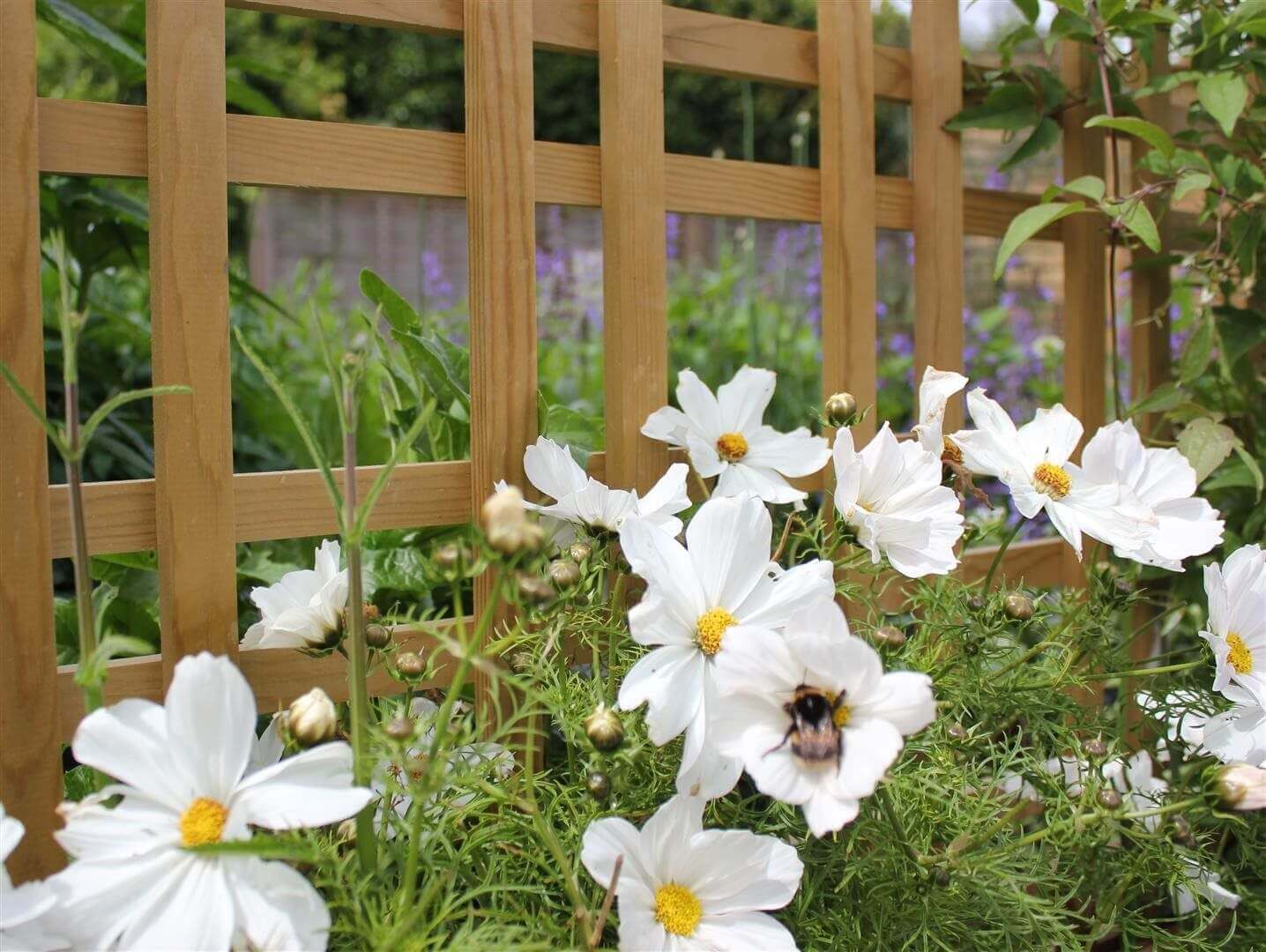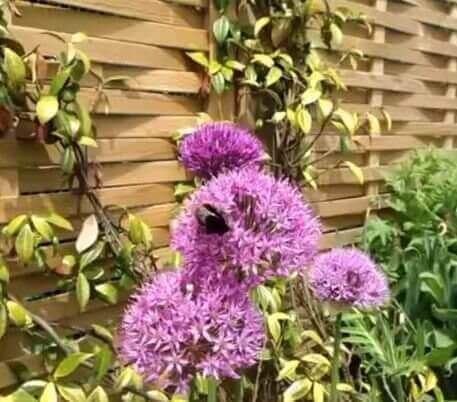05/10/2015 11:00 PM
News reports regularly refer to the bumble bee population crisis in the UK and according to the Bumblebee Conservation Trust, two species have already become extinct while others have declined rapidly. Unlike honey bees, which live in hives and are looked after by bee keepers, the bumble bee’s home is in the wild, inhabiting small nests. Flower rich habitats - a rich food source for the bee - are being destroyed and this, combined with the modern day reliance on pesticides and insecticides, has contributed to the bee’s demise. This blog provides advice on how you can do your bit to address the problem, by ensuring your garden represents a beeau-tiful bee friendly base…
The importance of bees
Apart from the joys of hearing that all familiar soothing buzzing sound, our yellow and black striped friends do actually have a serious job to do in the garden and beyond! In fact, in the UK about 70 crops are dependent on or benefit from visits from bees to aid the all essential pollination process. It is also estimated that bees pollinate a third of everything we eat, which puts into perspective just how important it is to encourage these buzzy workers into our gardens.


Big up your garden’s bee appeal
There are a number of practical steps you can take to create a welcoming environment for bees:• Go organic and shun the pesticides and insecticides that contain chemicals used to get rid of unwelcome insects responsible for eating your plants, since these are also harmful to bees. Try and use nature to fight your battles so, for example introduce ladybirds into the garden – they will eat the bugs consuming your plants but are totally bee friendly
• Grow plenty of bee-friendly flowers that are rich in pollen and nectar. Bees can only see certain colours and as such, are more attracted to some flowers than others, they are particularly drawn to blue, purple, violet, white and yellow hues. Some of the top flowers for bees include: lavender; alliums; catmint; buddleia; foxglove; honeysuckle; snapdragon; thyme; rosemary; bluebell; crocus; comfrey; sweet pea; geranium; nasturtium; aquilegia and cornflower
• Try not to include too many ‘double’ varieties of bedding plant in the garden. These feature extra petals which makes it very difficult for the bee to physically get into the flower. So as beautiful as they are, many of the busy lizzies, lobelias, petunias and begonias sold in spring to inject an instant splash of colour into the garden are not exactly flavour of the month for visiting bees. Similarly steer clear of flowers whose long petals form a tunnel that is either too long or too wide, causing problems when the bee tries to reach the pollen / nectar
• Plan your garden so that there are at least two kinds of bee friendly plant in bloom every season. Bees require food year round so to ensure that the bees never go hungry, you need to create a haven that provides a continuous array of flowers
• Bees prefer to visit gardens where flowers are sited close together so that they can access their essential food source without flying too far. They also prefer clumps of bee friendly plants in a sunny location, rather than scattered plants or plants that are growing in the shade
• Don’t forget that like all animals / insects, bees need to have access to water. Clearly their size means a formal bee drinker is not relevant but a simple small saucer of water will be a welcome sight for thirsty bees
• Provide places where the bees can easily nest. Some bees will choose a hollow stem with a 2-8 mm diameter hole as a home, bamboo canes or herbaceous plant stems can provide a natural solution but equally a mice tunnel or a grass tussock may do. You can buy cardboard nest tubes from a garden centre or even drill a suitable sized hole in a fence post / log to provide a purpose built nest, but be sure to site it in a sunny location
The Bumblebee Conservation Trust features a ‘Bee kind’ online tool to help you find out if the flowers in your garden are attractive to bees, visit beekind.bumblebeeconservation.org to score your garden on its bee friendly credentials!
Have you created a colourful bee’s paradise in your garden? Tweet us your pictures @Jacksonsfencing